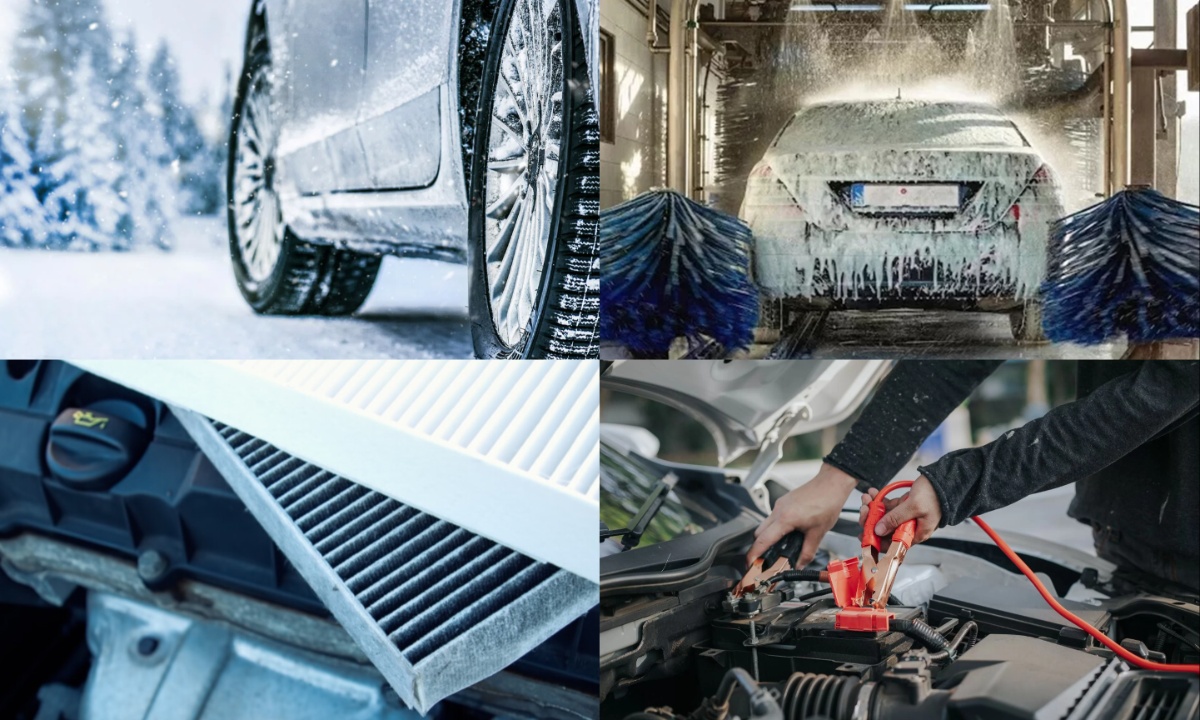Car ownership comes with more than just the freedom of the open road—it also brings the responsibility of proper maintenance. Whether you’re driving a brand-new ride or a trusty older model, keeping your vehicle in top condition is key to ensuring its longevity.
Neglecting basic upkeep can lead to costly repairs, breakdowns, and even safety hazards. Fortunately, taking care of your car doesn’t have to be complicated. With just a few consistent habits and checks, you can significantly extend its life.
This guide presents ten practical, straightforward tips that every car owner should adopt for a smoother, safer journey.
1. Stick to a Maintenance Schedule
The foundation of long-term car health lies in a consistent maintenance schedule. Vehicle manufacturers offer specific service intervals, usually based on mileage or time, to help prevent major issues.
These schedules typically include oil changes, tire rotations, fluid checks, and brake inspections. By following them, you’re not only keeping your car roadworthy but also catching potential problems early before they become expensive repairs.
Skipping these appointments may save time in the short term, but it often results in higher costs and stress down the road. Set reminders or mark your calendar to ensure your car gets timely attention.
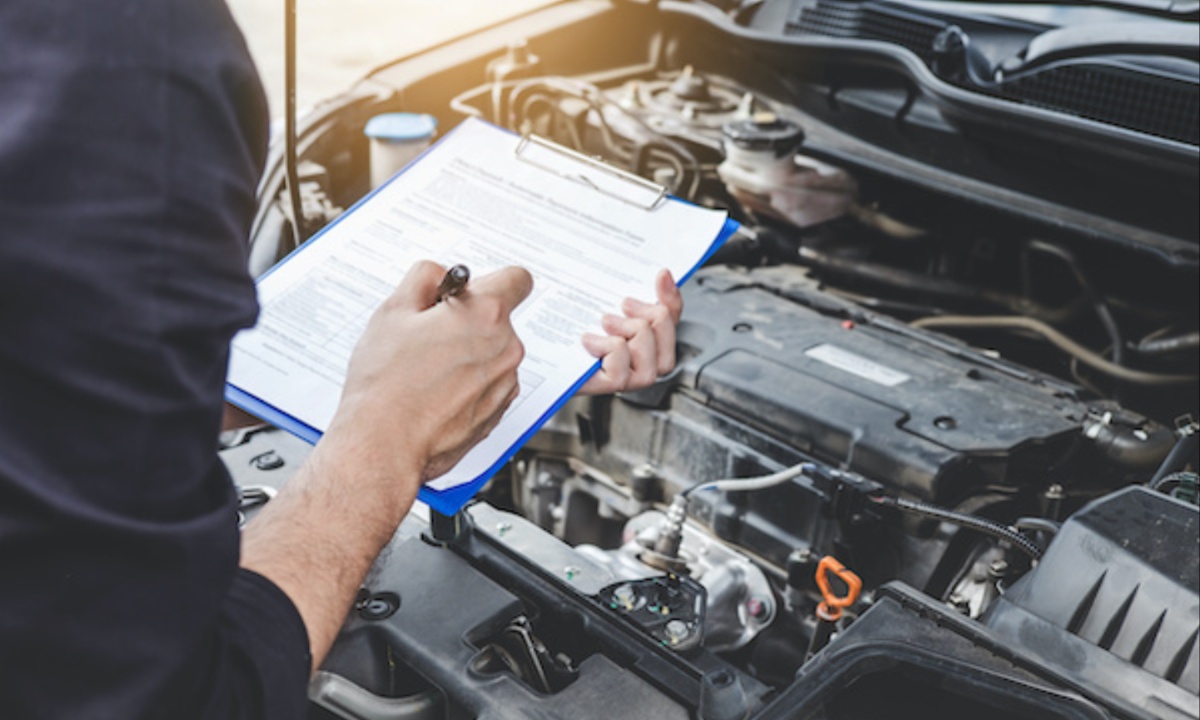
2. Monitor Tire Health Monthly
Tires are often overlooked until there’s a flat, but they’re crucial for safety and efficiency. Regular monthly checks help detect pressure imbalances, tread wear, and potential damage.
Under-inflated tires can reduce fuel efficiency and increase the risk of blowouts, while over-inflated ones compromise handling. Use a tire pressure gauge and compare it to the recommended PSI listed in your owner’s manual or on the driver’s door.
Don’t forget the penny test to check for tread depth. Rotating your tires and ensuring proper alignment also extends tire life and improves driving performance, reducing the likelihood of sudden tire-related issues.
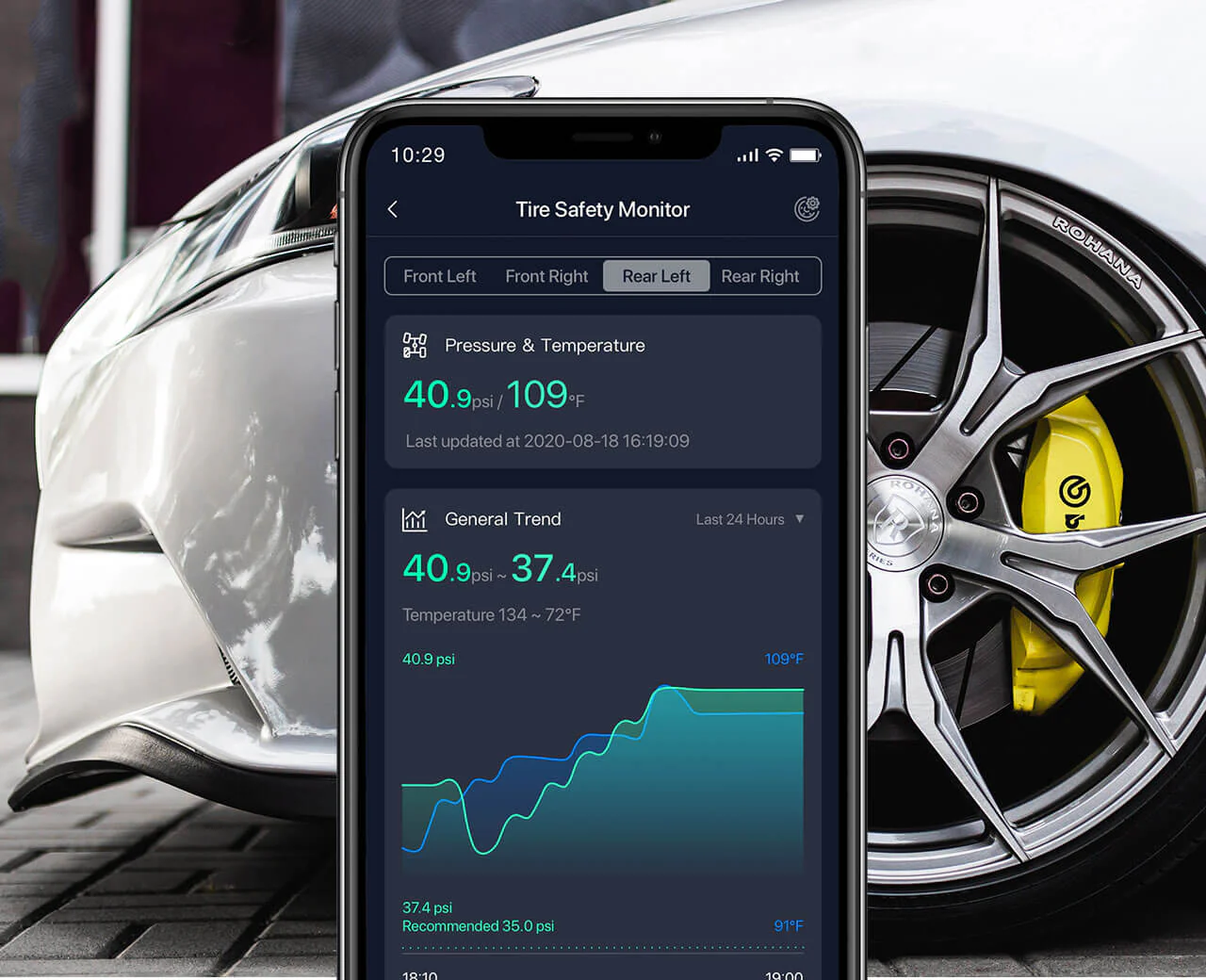
3. Prioritize Regular Oil Changes
Oil lubricates your engine’s moving parts, reducing friction and preventing overheating. Over time, it breaks down and collects dirt, making it less effective. Regular oil changes are essential for maintaining engine performance and fuel efficiency.
Most experts recommend changing the oil every 3,000 to 5,000 miles, although newer synthetic oils and cars may allow longer intervals. Always consult your vehicle’s manual for specific recommendations.
Neglecting oil changes can lead to sludge buildup, engine overheating, and potentially irreversible engine damage. Think of it as a small investment in time and money to avoid major mechanical failures later on.
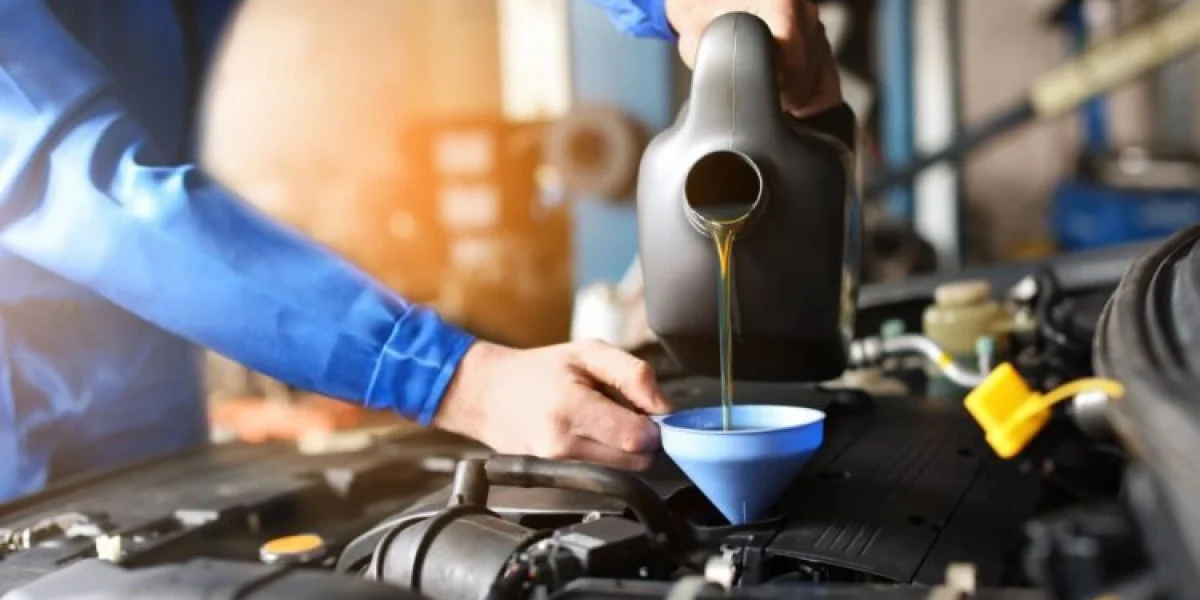
4. Keep the Battery in Good Shape
The car battery powers everything from starting the engine to operating electronic systems. Without it, your car won’t run. Regularly check your battery’s terminals for corrosion and clean them if needed. Ensure the battery is tightly secured to avoid internal damage from vibrations.
Most batteries last three to five years, but it’s wise to have them tested annually, especially before winter. If you don’t drive often, a trickle charger can help maintain the charge. Being proactive about battery maintenance can save you from being stranded and help all connected systems perform efficiently over the vehicle’s lifespan.
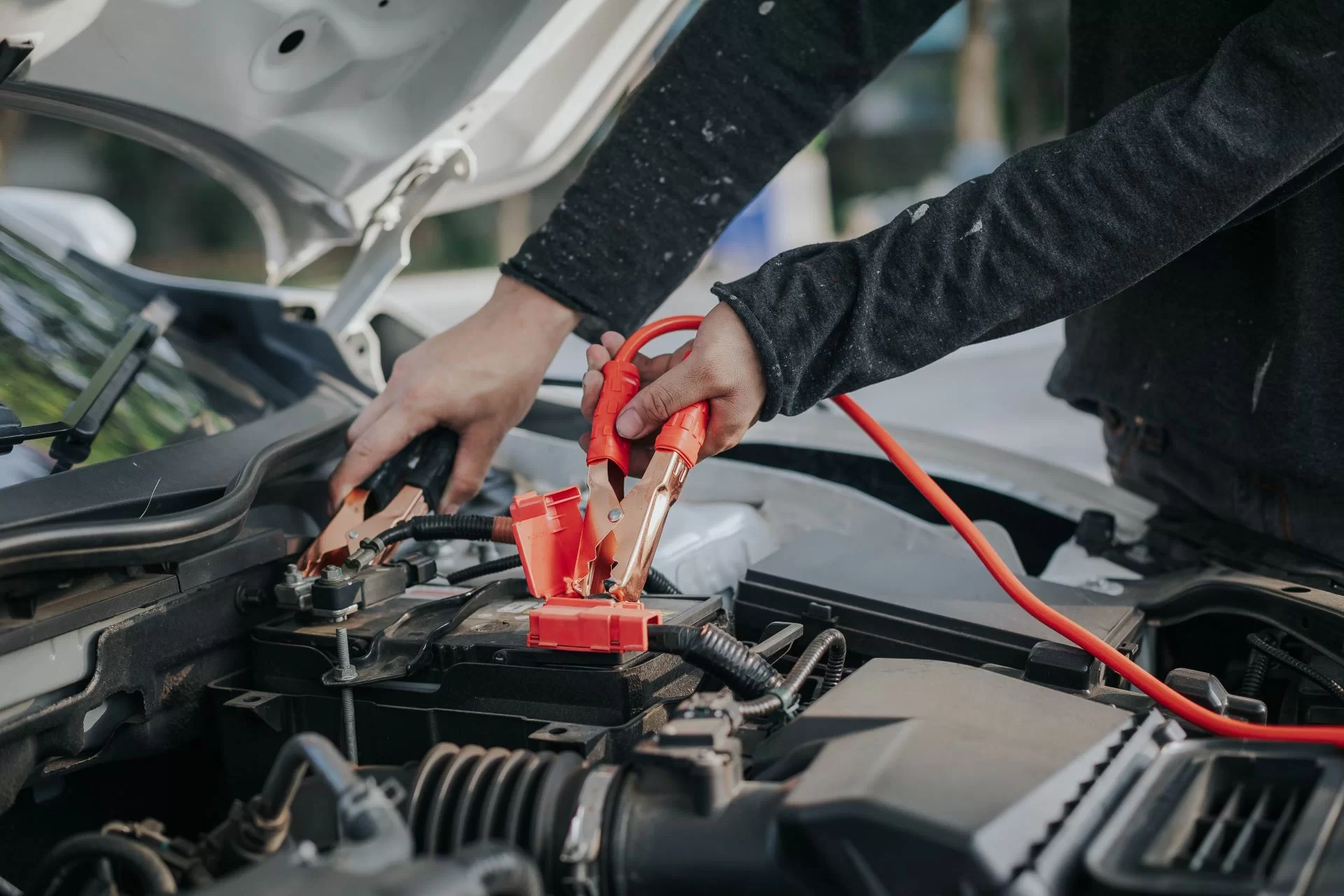
5. Replace Air Filters on Schedule
Clean air filters are vital for both your engine’s performance and cabin air quality. The engine air filter blocks debris from damaging internal parts and helps maintain fuel efficiency.
A dirty filter makes the engine work harder, reducing its lifespan. The cabin air filter, on the other hand, keeps dust and allergens out of the interior. Replace both every 12,000 to 15,000 miles or as recommended. In dusty environments, you might need more frequent changes.
These affordable components make a big difference in how your vehicle performs, and skipping them can lead to reduced comfort, fuel economy, and engine health.
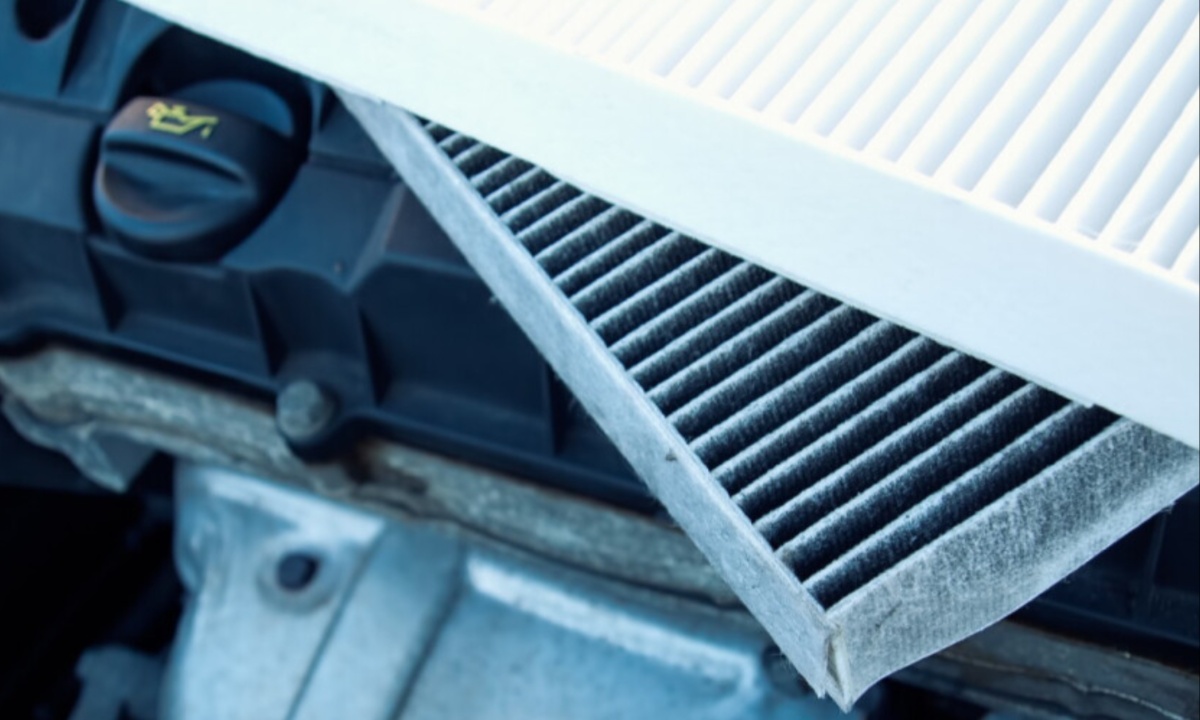
Also Read: 10 Best Electric SUVs in 2025 With Bulletproof Engineering & Luxury
6. Inspect and Replace Brake Pads
Brake pads are fundamental to your car’s safety. Worn pads reduce stopping power and can damage other braking components, leading to expensive repairs. Typically, brake pads need replacing every 50,000 miles, though it depends on your driving habits and the pad type. Watch for signs like squealing, grinding, or dashboard alerts.
Regular brake inspections can prevent failures and keep your system functioning properly. Timely replacement ensures better control, reduces stopping distance, and protects the brake rotors from damage. Investing in quality brake maintenance not only extends your car’s life but also ensures the safety of everyone on board.
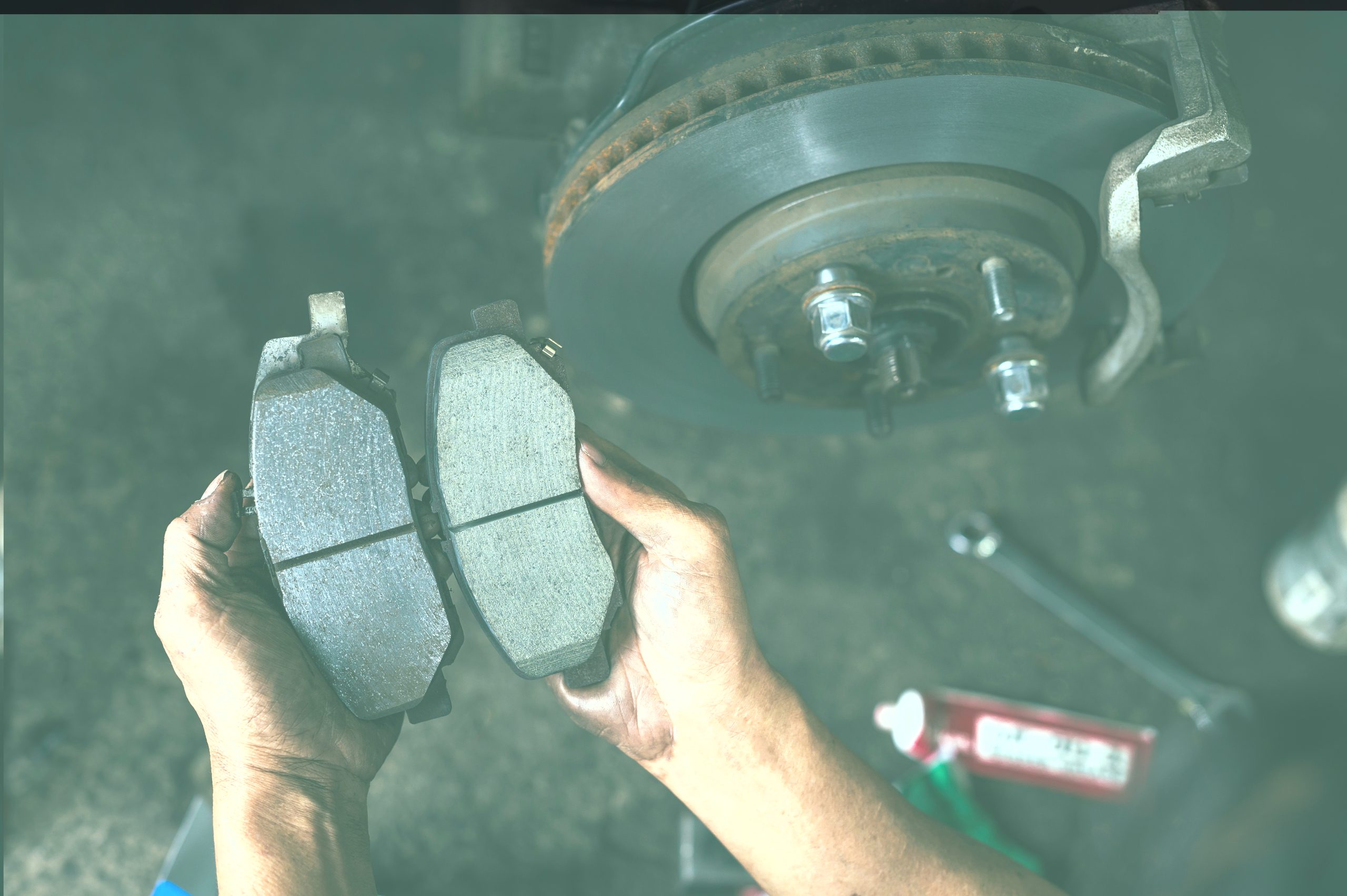
7. Don’t Overlook Cleanliness
While cleaning your car might seem cosmetic, it actually helps protect it from damage. Dirt, road salt, bird droppings, and other debris can corrode the paint and lead to rust. Washing your vehicle every two weeks and applying wax every six months can help preserve the finish.
The undercarriage also needs attention, especially in winter. Inside, regular vacuuming and wiping down surfaces protect the interior from wear. A clean vehicle is easier to maintain and has a higher resale value. Regular cleaning also gives you a chance to spot issues like leaks or rust early before they become serious.

8. Protect Against Harsh Weather
Extreme temperatures can be brutal on vehicles. In summer, heat can weaken your battery, damage tires, and fade interior components. Combat these effects by using sunshades, parking in the shade, and applying UV protectants. During winter, salt on the roads can cause rust and corrosion, especially underneath your car.
Wash your vehicle frequently and ensure your tires are suitable for icy conditions. Keep antifreeze, oil, and windshield wiper fluid topped up. Weather-related damage is often gradual but can be costly. Taking simple steps to shield your car from extreme elements significantly contributes to its performance and durability.

9. Schedule Engine Check-ups
Your engine is the core of your vehicle, and regular check-ups ensure it remains in optimal condition. Check the oil level and look for leaks, strange noises, or dashboard warning lights. Monitor your coolant level to prevent overheating—an issue that can lead to engine failure.
While some checks can be done yourself, having a professional examine your engine periodically is essential for detecting deeper issues. Routine diagnostics can identify problems before they escalate, keeping repair costs manageable.
A well-maintained engine runs smoother, burns less fuel, and supports overall vehicle longevity, making regular inspections an important maintenance habit.
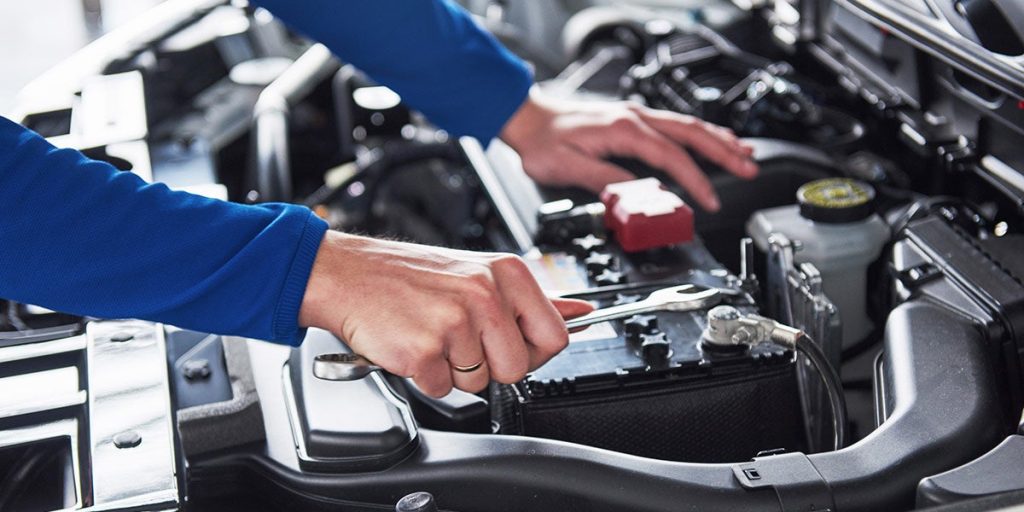
10. Use Pre-Painted OEM Parts When Needed
When it comes to part replacements, especially body parts, using pre-painted OEM components can be a smart move. OEM parts are made by your car’s manufacturer, ensuring a perfect fit and consistent performance.
Pre-painted options match your vehicle’s color, saving you the cost and hassle of repainting. Whether replacing a bumper or fender, this approach preserves your car’s original look and resale value.
In contrast, aftermarket parts may not fit as well or last as long. While slightly more expensive, OEM parts provide peace of mind, compatibility, and durability, making them the best choice for long-term car health.
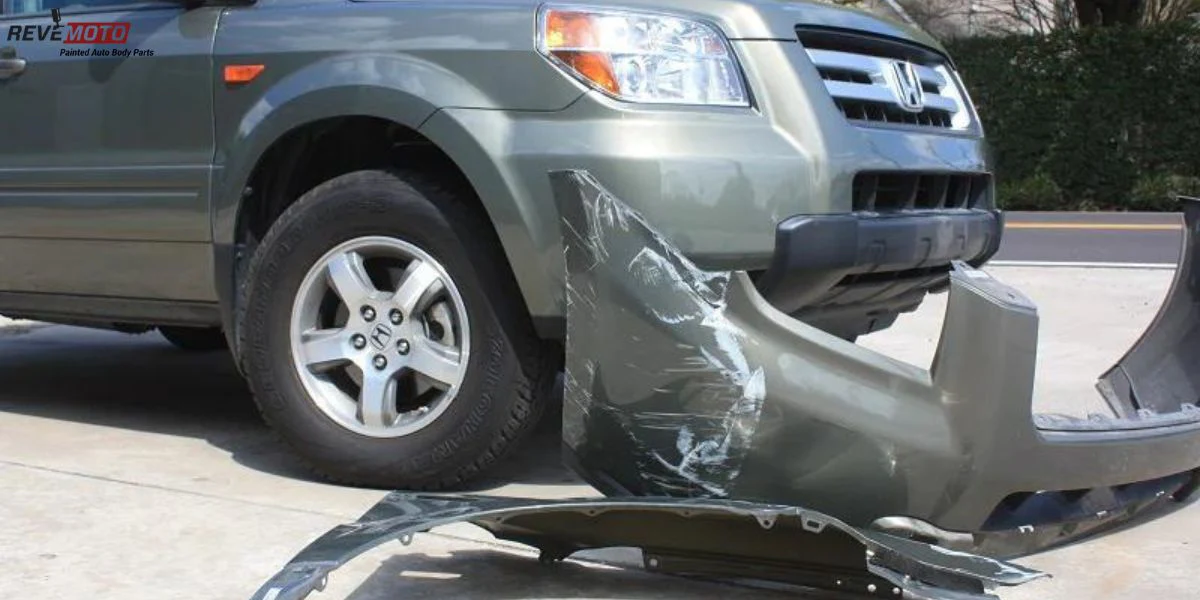
Taking care of your car doesn’t have to be overwhelming. By consistently applying these ten practical maintenance tips, you’re actively investing in the future of your vehicle. From checking your tires and oil to protecting your ride from the elements and using quality parts, each step plays a crucial role in vehicle longevity.
The benefits go beyond just saving money on repairs—they also include safety, reliability, and peace of mind. Whether you’re a seasoned driver or new to car ownership, integrating these habits into your routine will help keep your car running smoothly for years to come.

